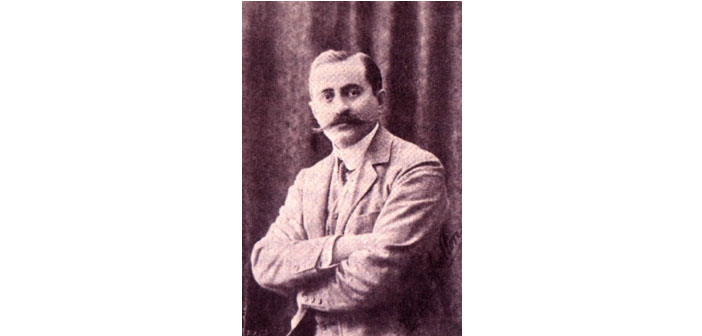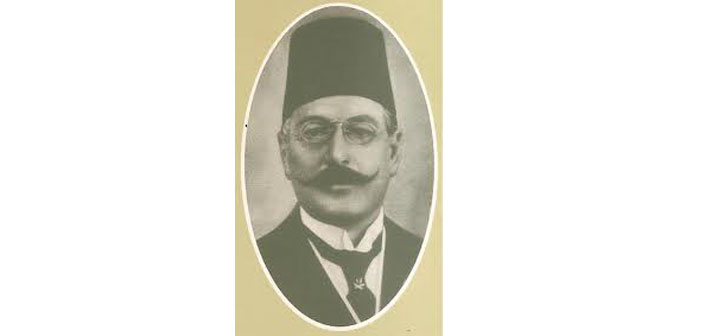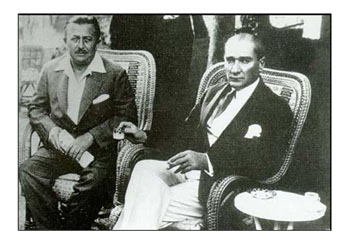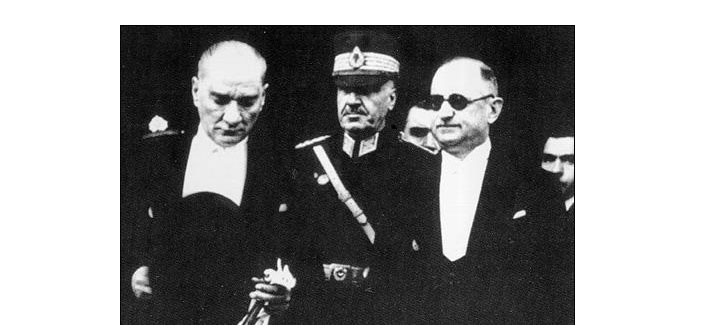PERPETRATORS
The architect of the ‘internal enemy’ concept
Bahaeddin Şakir, who in March 1915 arrived from Erzurum to Istanbul, was convinced that Teşkilat-ı Mahsusa, or the infamous intelligence network Special Organization, had to now focus on the ‘internal enemy’. The report he presented to the Central Committee of the Union and Progress Party was influential in the decision for ‘deportation’.
Doctor Reşid, the Diyarbekir executioner
In 1913, Mehmet Reşid was appointed governor of Karesi, a region that could almost be described as the testing ground of the Armenian Genocide. Reşid Bey played a significant role in the forced deportation of Greeks from the region, and this ‘success’ brought him the rank of the General Secretary of the General Inspectorate for the provinces of Van, Bitlis, Diyarbekir and Mamuretülaziz. He was appointed to this post because Interior Minister Talaat Pasha considered him “active, competent and patriotic”.
Social engineer: Şükrü Kaya
Social engineering was an important method applied by the Committee of Union and Progress in establishing relationships between State and society. This policy, with aspects of resettlement, assimilation and slaughter, appears clearly in the ideological and political progress of Union and Progress members. The Union and Progress Party’s policy of Turkification and Islamisation, applied across the empire, was adopted by the Kemalists for the new Republic. Şükrü Kaya was a member of the elite group of actors who implemented these policies.
Governor of Genocide, Minister of Republic: Abdülhalik Renda
The assignment during the Republican Period of important tasks in matters such as the settlement of immigrants and the Kurdish question to former Union and Progress members like Mustafa Abdülhalik Renda who played active roles in the perpetration of the Armenian Genocide, clearly shows that social engineering policy of Union and Progress influenced the violence, enforced migration and assimilation practices of the State in the Republican Period.





